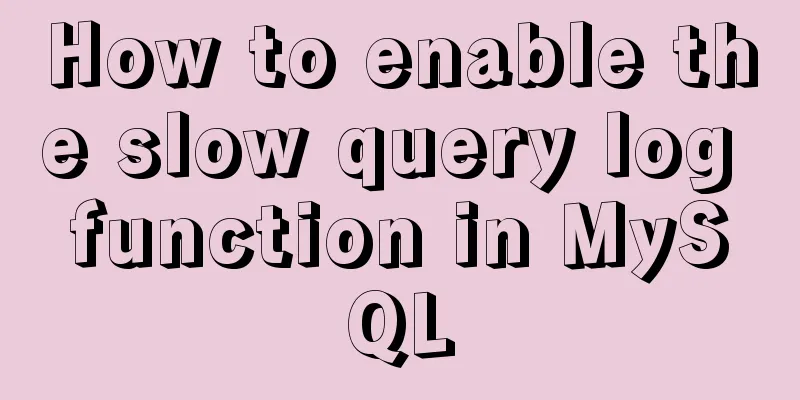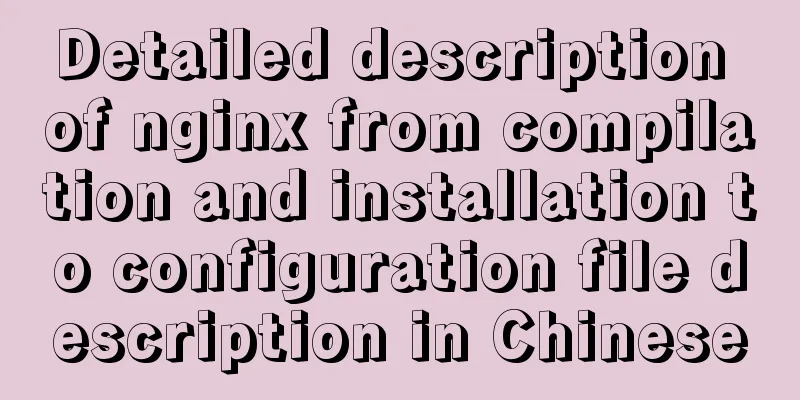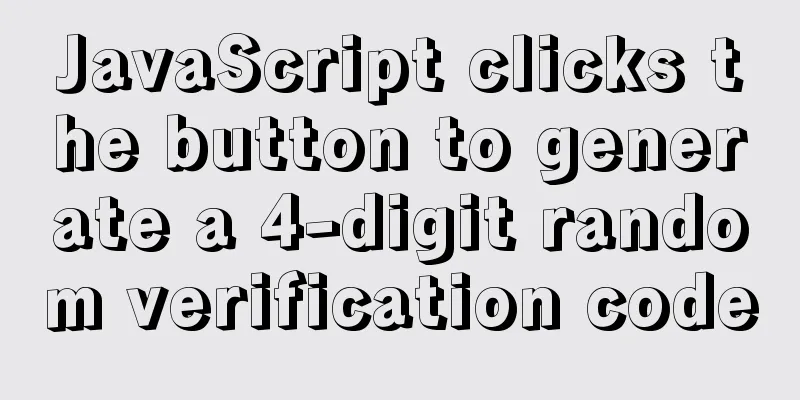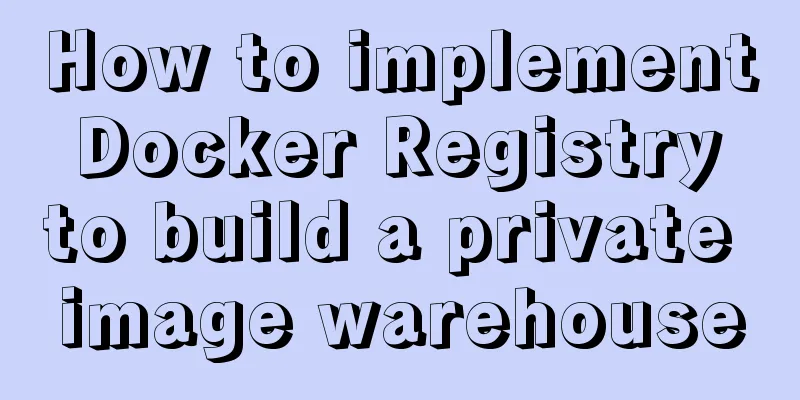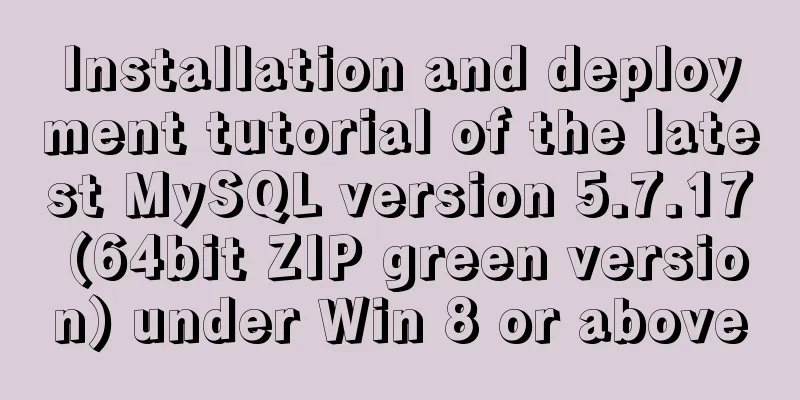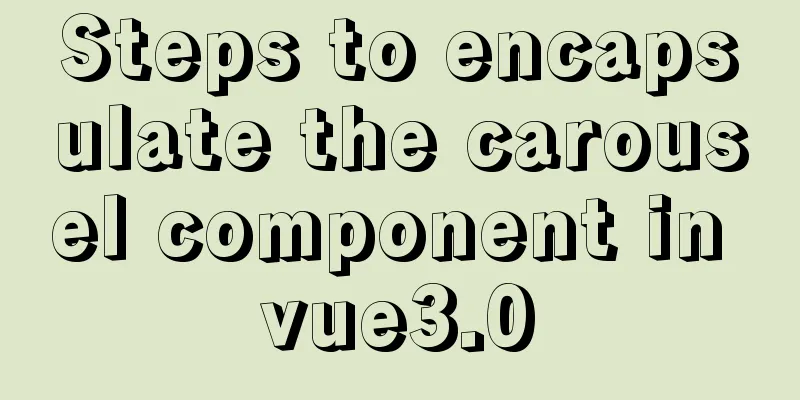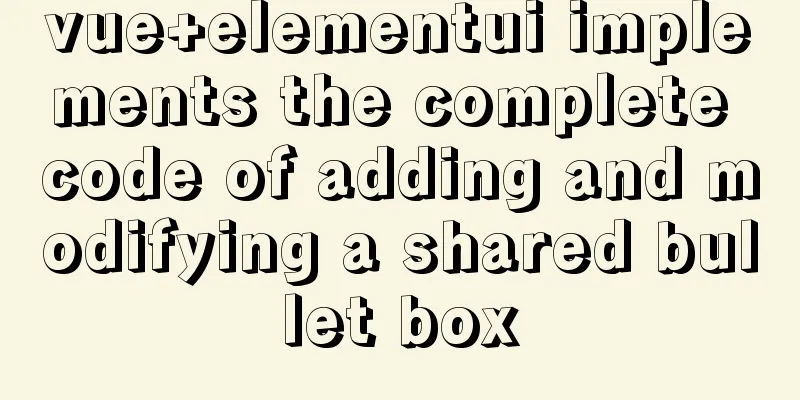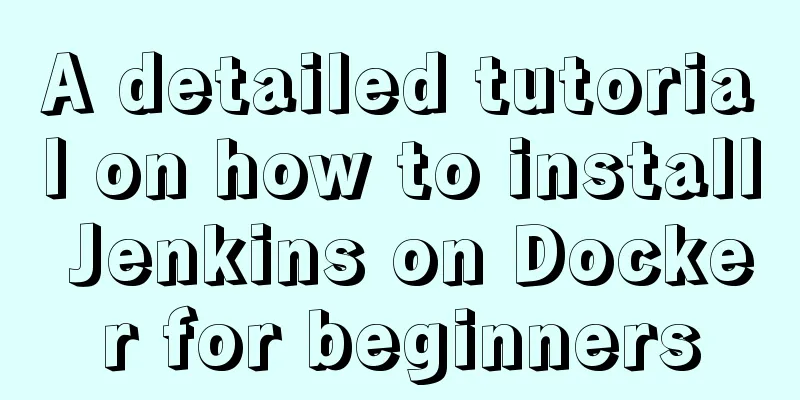XHTML Getting Started Tutorial: What is XHTML?
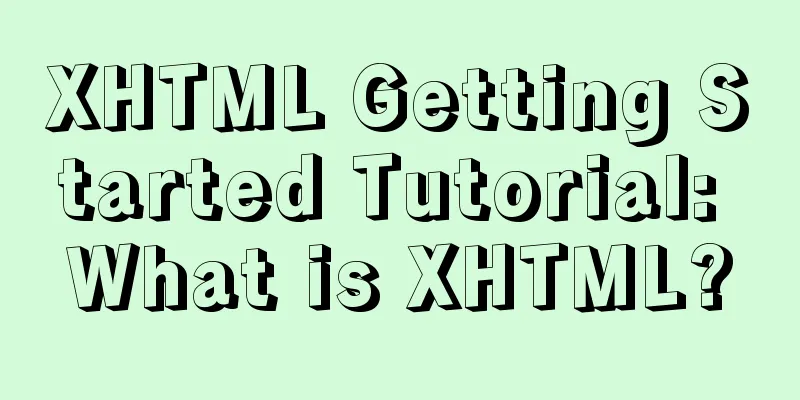
|
What is HTML? To put it simply: HTML is used to make web pages. It's very simple, and in the next 1~2 minutes you will follow me to make a simple web page using HTML. To put it in a more complicated way: HTML (abbreviation of HyperTextMarkupLanguage), which is Hypertext Markup Language. It is the universal language for publishing hypertext documents (commonly known as web pages) on the Internet. What is XHTML? More advanced and complicated technology? To put it simply: X is for scaring people, but XHTML is actually rigorous and accurate HTML. If HTML is Chinese, then XHTML is standard Mandarin. For those who are just starting to learn web design, learning XHTML directly is the best choice. To put it more complicatedly: XHTML is an "upgraded" product of HTML. In fact, it also belongs to the HTML family. Compared with previous versions of HTML, it has stricter writing standards and better cross-platform capabilities. Due to certain needs, XHTML handed over some functions that previous versions of HTML could achieve to CSS, which means you will need to learn two technologies. But this is indeed the trend of future development of the Web. The X stands for "extensible". Learn the basics of XHTML <br />No basic knowledge is required to learn XHTML. On the contrary, XHTML is a necessary foundation for learning many other knowledge. Some people may have heard that you need to learn HTML before learning XHTML. This is not true. The XHTML tutorial of Cainiao8.com is aimed at web design novices who have no basic knowledge. If you have already mastered HTML, you don't need to read our introductory tutorial. We have prepared From HTML to XHTML for webmasters who are already familiar with HTML. How to learn XHTML <br />Reading XHTML tutorials and the examples therein is certainly a good way to learn XHTML, but this alone is definitely not enough. In the process of learning, you can find some sites that you used to like to visit and see how they use XHTML in the actual website design process. You just need to click the "View" button on the browser toolbar and select "View Source" to see the code of the page. Okay, that’s all about the introduction to XHTML. Let’s start learning XHTML. |
<<: Detailed tutorial on installing Tomcat8.5 in Centos8.2 cloud server environment
>>: Detailed explanation of the buffer pool in MySQL
Recommend
Detailed explanation of the relationship between Linux and GNU systems
Table of contents What is the Linux system that w...
Reduce memory and CPU usage by optimizing web pages
Some web pages may not look large but may be very ...
How to configure the same domain name for the front and back ends of nginx
This article mainly introduces the method of conf...
Detailed explanation of the Chinese garbled characters problem in MySQL database
When insert into employee values(null,'張三'...
Analysis of Difficulties in Hot Standby of MySQL Database
I have previously introduced to you the configura...
Implementation of Nginx configuration https
Table of contents 1: Prepare https certificate 2:...
How to configure eureka in docker
eureka: 1. Build a JDK image Start the eureka con...
Solution to ERROR 1054 (42S22) when changing password in MySQL 5.7
I have newly installed MySQL 5.7. When I log in, ...
Solution for coexistence of multiple versions of PHP under Linux system (super simple)
Since PHP7 came out, as a fan of the latest versi...
The most commonly used HTML escape sequence
In HTML, <, >, &, etc. have special mean...
Linux Centos8 Create CA Certificate Tutorial
Install Required Files Yum install openssl-* -y C...
Example tutorial on using the sum function in MySQL
Introduction Today I will share the use of the su...
Summary of Common Letters in Unicode
Most of the earliest computers could only use ASC...
Detailed explanation of mysql basic operation statement commands
1. Connect to MySQL Format: mysql -h host address...
Detailed explanation of MySQL and Spring's autocommit
1 MySQL autocommit settings MySQL automatically c...
